For a long time the Australian military has been very wary about public discussions, so this first book is a welcome change of attitude. This is partly because of the development of a number of think-tanks in the field – Tom Frame is Director of the Centre for the Study of Armed Conflict at UNSW in Canberra, and Albert Palazzo is Director of Research for the Australian Army, for example – but also because the evolving role of the military requires new approaches.
The essays here, from a mix of former and serving officers as well as specialist observers, cover a great deal of ground. The common theme is that there is not going to be a return to the days when the military was focused on the protection of the Australian mainland. The ADF role for the past 15 years has been about defending civilians, separating combatants, and stabilising conflict situations – what is generally referred to as the Responsibility to Protect, or R2P.
The intervention in East Timor is a good place to start, although John Howard, in a frank and clear-minded article, notes that it demonstrated the unpredictability of security issues. The East Timor episode is often held up as the gold standard of a hard job well done, with support from the international community as well as the Australian public. So it is a bit of a surprise that several contributors, while acknowledging the overall success of the mission, explore the failures in detail. The can-do attitude of Australian soldiers hid a lot of shortcomings.
Chief among them were logistical problems, with supply chains stretched nearly to breaking. The intervention showed that the ADF was not using tools, such as RFID tags, that are commonplace in the private sector to get things where they need to be. At the same time, there was a shortage of transport, and the whole action nearly foundered due to a shortage of fuel. Support from American forces was crucial.
The upside was that these issues were later seen as problems to solve, and a good deal of work has been done to upgrade the less media-genic, but utterly necessary, aspects of the conflict zone. Later missions, such as the Solomons, showed the degree of improvement. East Timor also showed the value of critical analysis after each mission, no matter how successful it appeared to have been.
The essay by Peter Leahy, former chief of the Army, points to the need for clear doctrine when committing troops. This was a particular problem in Afghanistan, with the orders from the political level not matching the reality on the ground. He also explains the re-structuring of the ADF, which he sees as a work-in-progress. The world is unlikely to get any safer in the foreseeable future, he says, so there has to be an ability to design force capacity for R2P problems.
Despite improvements there are still areas where the military culture has not changed much. Brendan Nicholson, defence editor for the Australian, notes that the Army in particular is very unwilling to provide information, even on mundane subjects. Often, this is counterproductive, with the vacuum being filled by rumours and speculation. The growth of social media, which allows soldiers in conflict zones to communicate directly with their families at home, is something the military has problems with. Nicholson believes that this sort of contact cannot be stopped; a better strategy would be to explain to military personnel what they can and cannot safely say.
The emphasis on R2P missions rather than traditional defence raises some important moral issues. In cases like East Timor, the purpose was clear. But it is not difficult to think of future cases which might be much more ambiguous. To what extent should the lives of Australian soldiers be risked to support a government which could be, to put it kindly, of questionable legitimacy and integrity? Should individual soldiers be able to opt out of particular missions? Several essayists suggest that those at the political level should themselves have a clearer view on what sort of interventions they are willing to take on, and what will constitute success. Men and women are being placed in harm’s way, so the risk had better be worth it.
Anyone who thinks that hard thinking at the intersection of politics and war is something new will find The Last Fifty Miles to be enlightening. Wakefield, who writes with great authority even though this is his first book, is interested in the Australian involvement in the closing stages of World War One – the title refers to the distance between Villers-Bretonneux and Montbrehain – although he also uses it as a vehicle for broader discussion.
It was a decisive period, and Adam Wakeling is surprised that it is often overlooked in favour of Gallipoli and the Somme. He details the critical role played by Australian troops in breaching the German defensive lines, and by Monash in the planning and execution of the offensive.
It was expensive: that fifty miles cost the Australian Imperial Force 5,500 men, with 18,500 wounded. But the series of actions made the outcome of the war certain. Wakeling does a good job of describing how the German leadership collapsed in on itself, scrambling to hold what remained together as the enemy forces closed in.
He also examines how the war affected the politics of Australia at the time – the rancour makes today’s disputes look tame. But victory helped to define the nation, and gave Australia a new place in the world.
Hopefully, Australia’s leaders will read this book for historical context, and will read On Ops to understand the road ahead. They could do a lot worse.
The post War games appeared first on The Spectator.
Got something to add? Join the discussion and comment below.
Get 10 issues for just $10
Subscribe to The Spectator Australia today for the next 10 magazine issues, plus full online access, for just $10.
You might disagree with half of it, but you’ll enjoy reading all of it. Try your first month for free, then just $2 a week for the remainder of your first year.

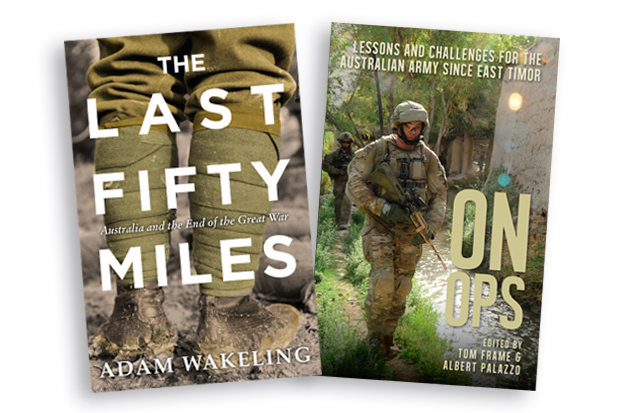
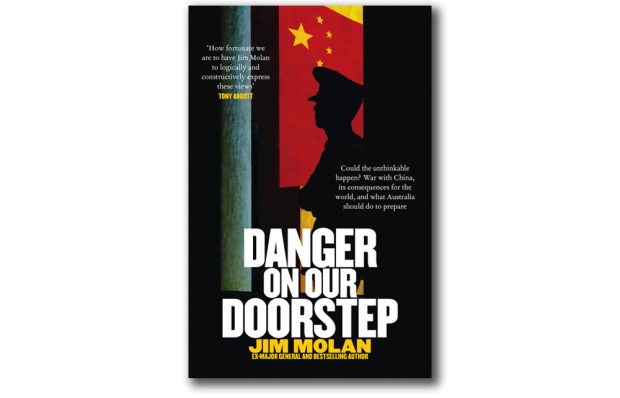
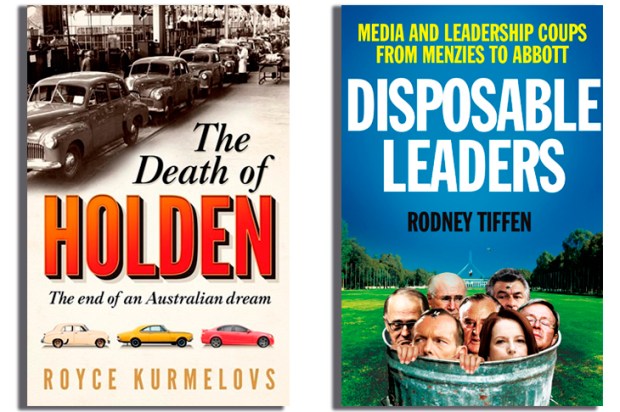
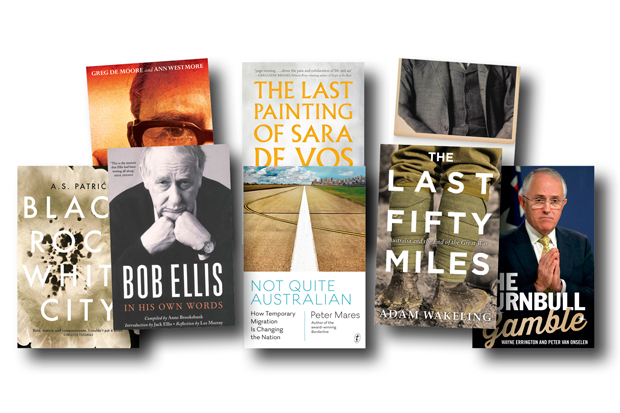
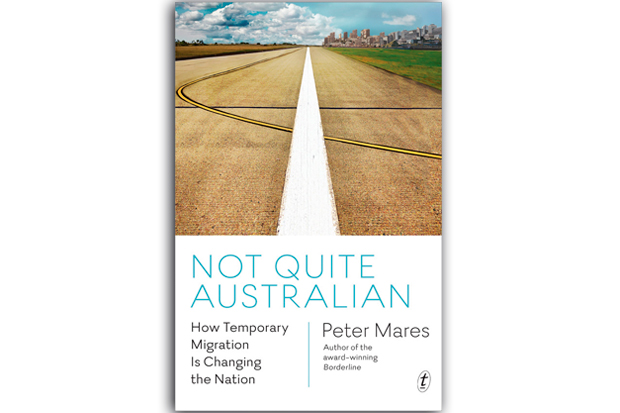







Comments
Don't miss out
Join the conversation with other Spectator Australia readers. Subscribe to leave a comment.
SUBSCRIBEAlready a subscriber? Log in